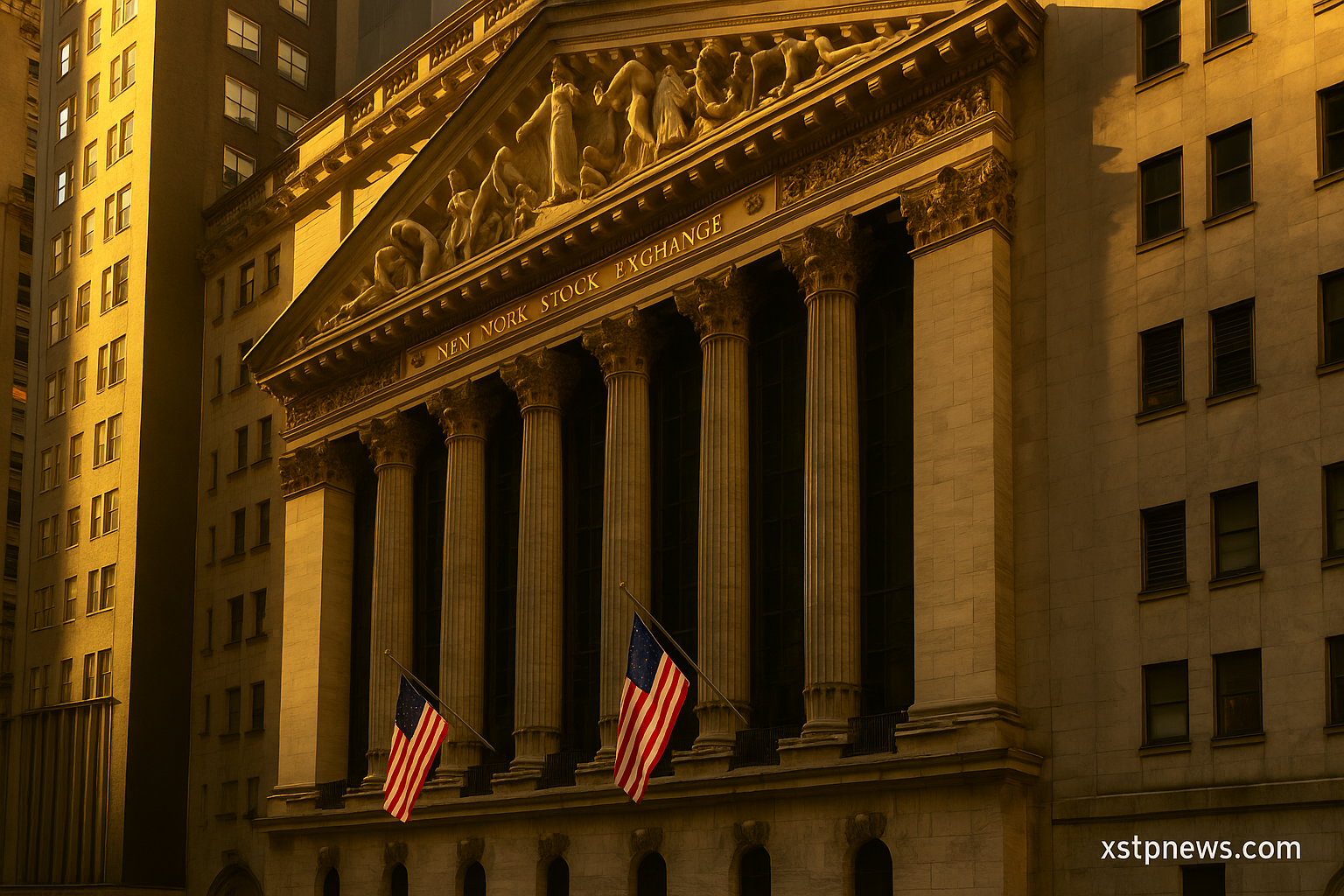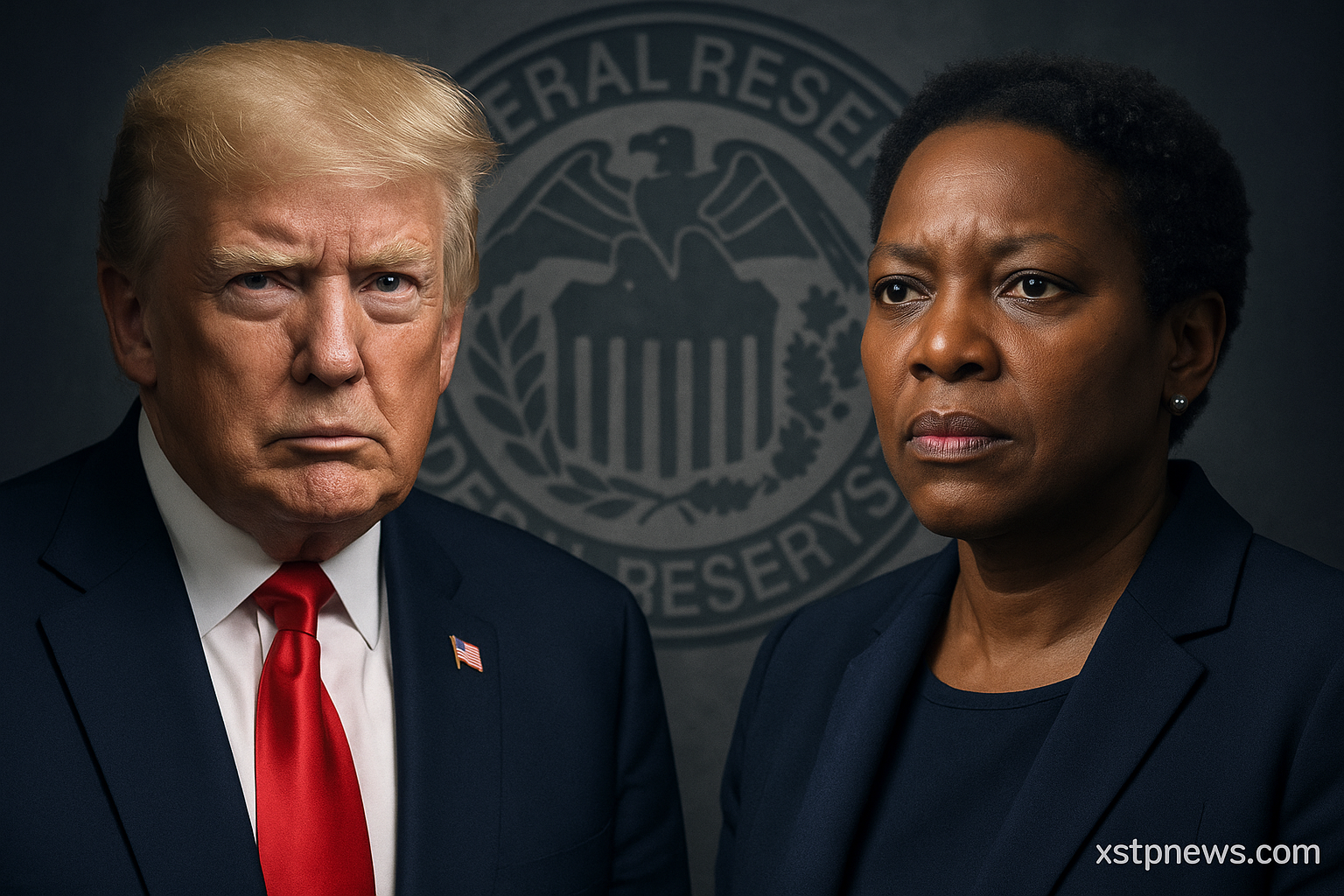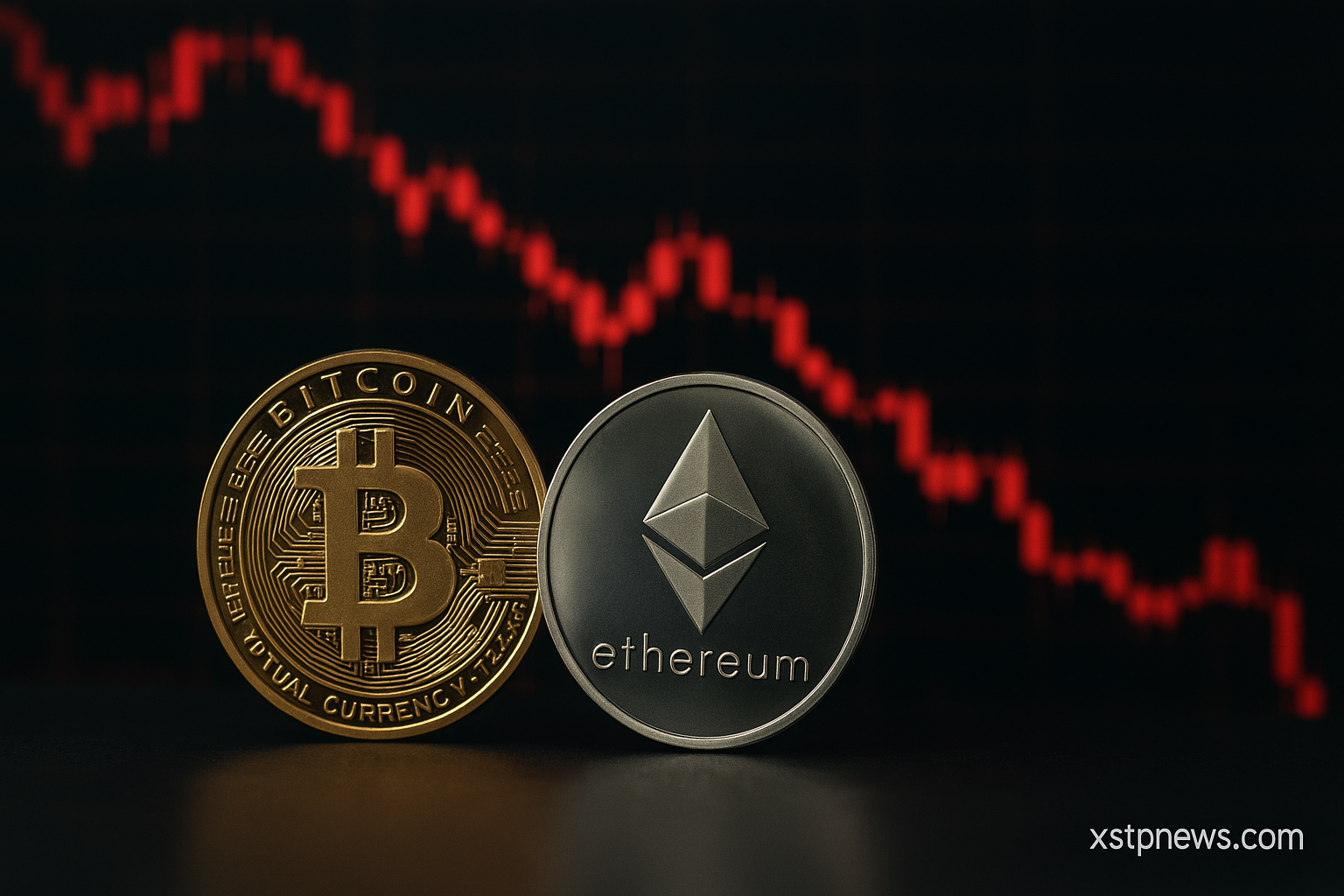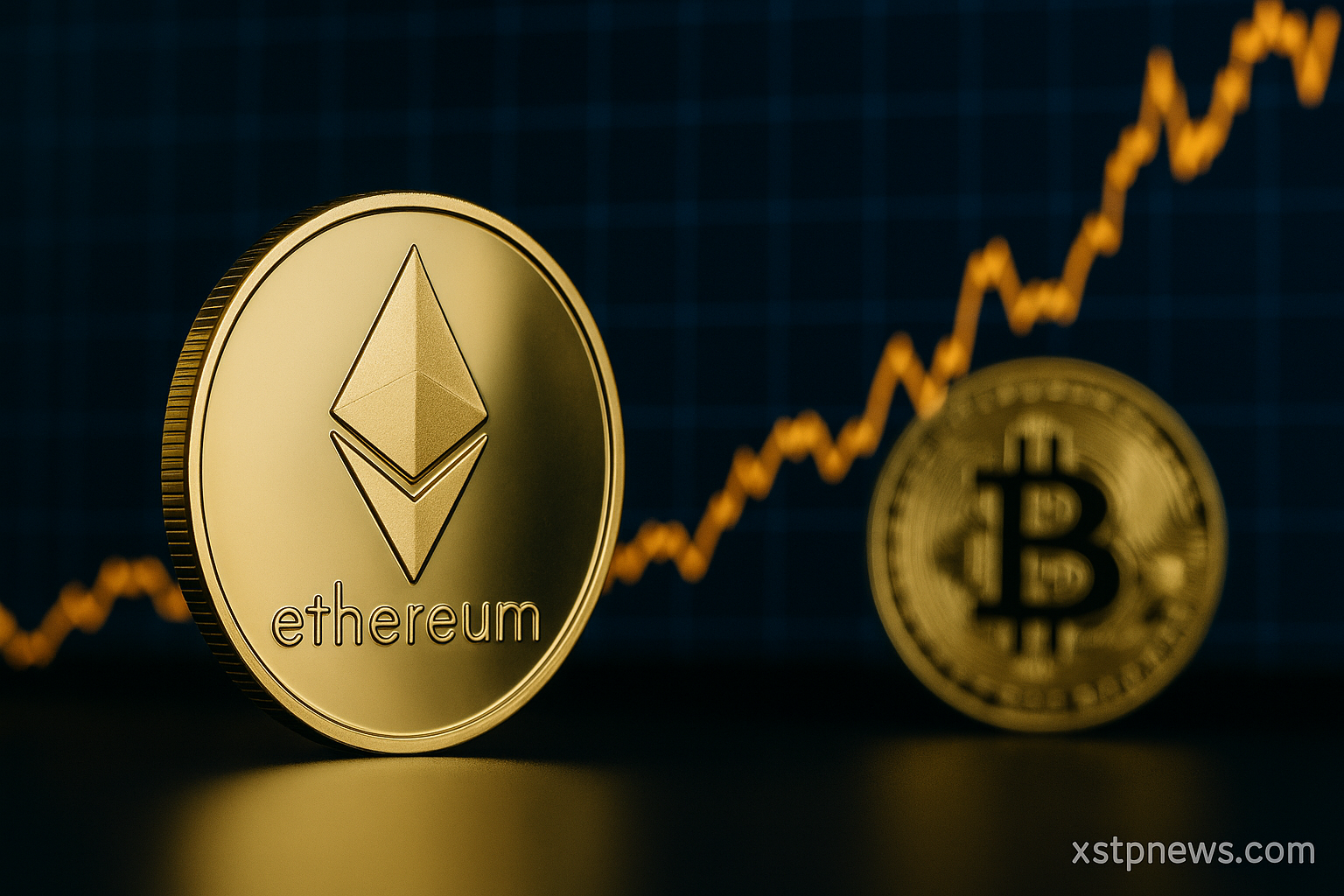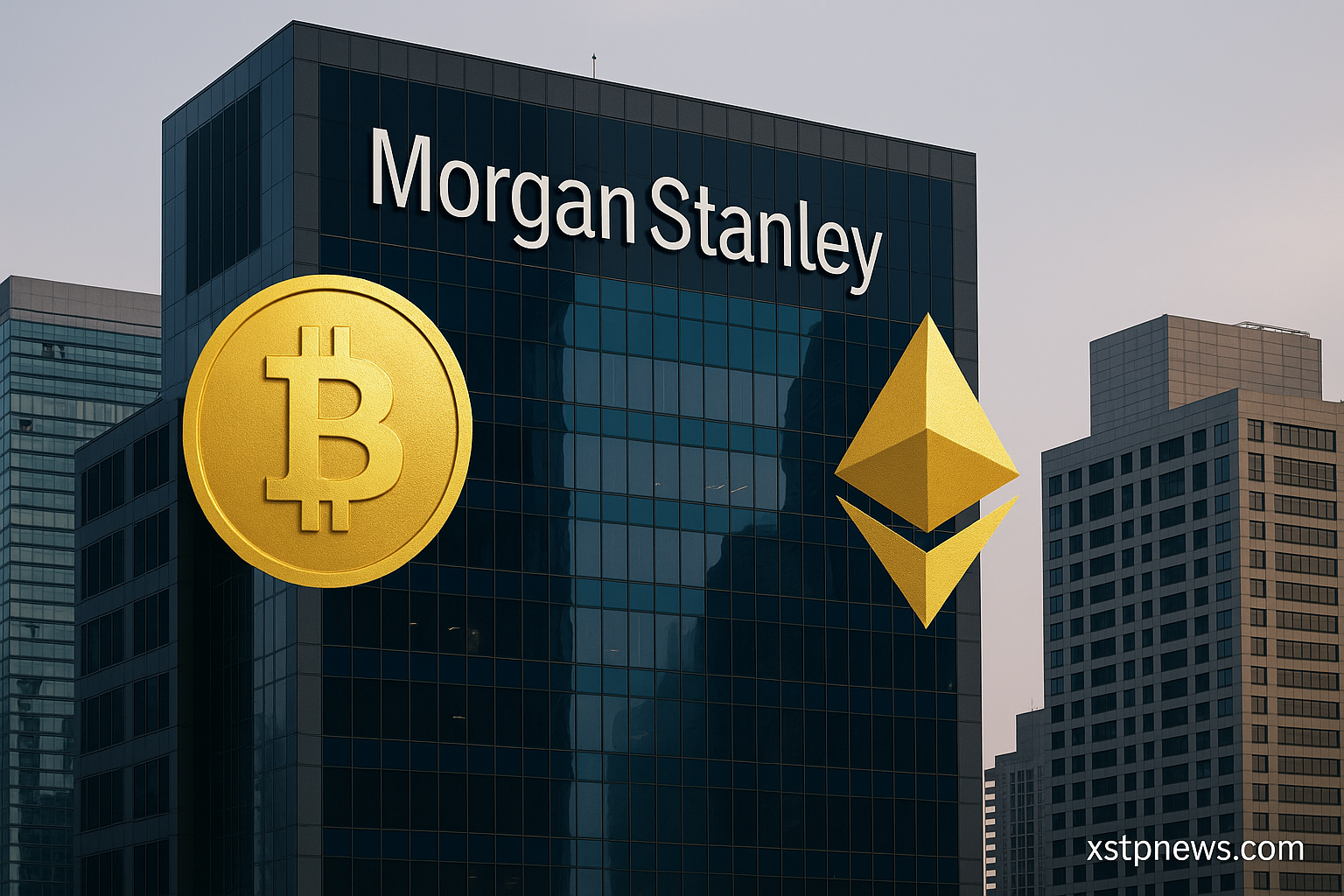The US Economic Policy Uncertainty Index (EPU) has started to decline after months at elevated levels. This indicator, which measures the frequency of economic policy uncertainty mentions in major newspapers, is closely watched by global investors. Historically, spikes in the EPU have lined up with key market bottoms, while declines often paved the way for sustained rallies.
Historical dynamics between EPU, stocks and Bitcoin
Data going back two decades reveals a consistent pattern. When uncertainty over economic policies soars, markets tend to correct or consolidate, pricing in the risk. The S&P 500 has often found significant support during periods of high EPU, rebounding as clarity returns.
For Bitcoin, a newer but highly sentiment-driven asset, these periods have frequently coincided with major lows. Investors seek clarity before placing aggressive bets on risk assets, and crypto is particularly sensitive to macroeconomic signals.
Current situation and why it matters
The latest readings show the EPU dropping from highs near 774 in early July to around 652. This move reflects easing fears about the trajectory of US monetary policy, debt ceiling standoffs, and global trade tensions. As uncertainty recedes, both institutional and retail investors regain confidence, often reallocating capital to equities and cryptocurrencies.
Lower economic policy uncertainty typically does three things:
- Reduces hedging activity in defensive assets like bonds and gold
- Increases flows into equities and crypto, which thrive on growth expectations
- Narrows volatility in risk assets, setting the stage for sustained upward trends
A falling EPU Index sends a clear macro signal that policy fears are easing. This environment historically supports more aggressive positioning in stocks and Bitcoin. While no indicator guarantees future moves, the drop in uncertainty removes one of the main headwinds that was holding markets back.
With macro risks softening, the probability of stronger rallies in risk assets rises. Traders and long-term investors alike are watching closely to see if this shift fuels the next leg higher for both traditional and digital markets.



